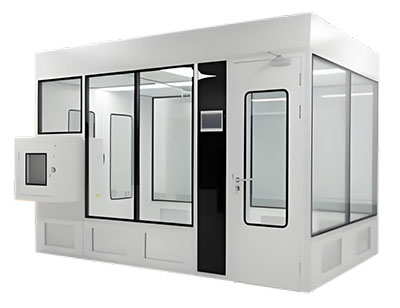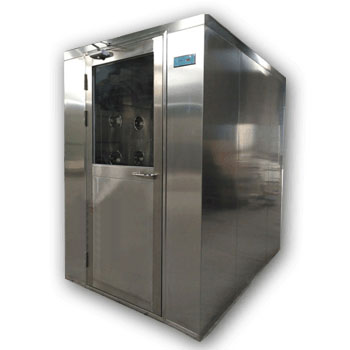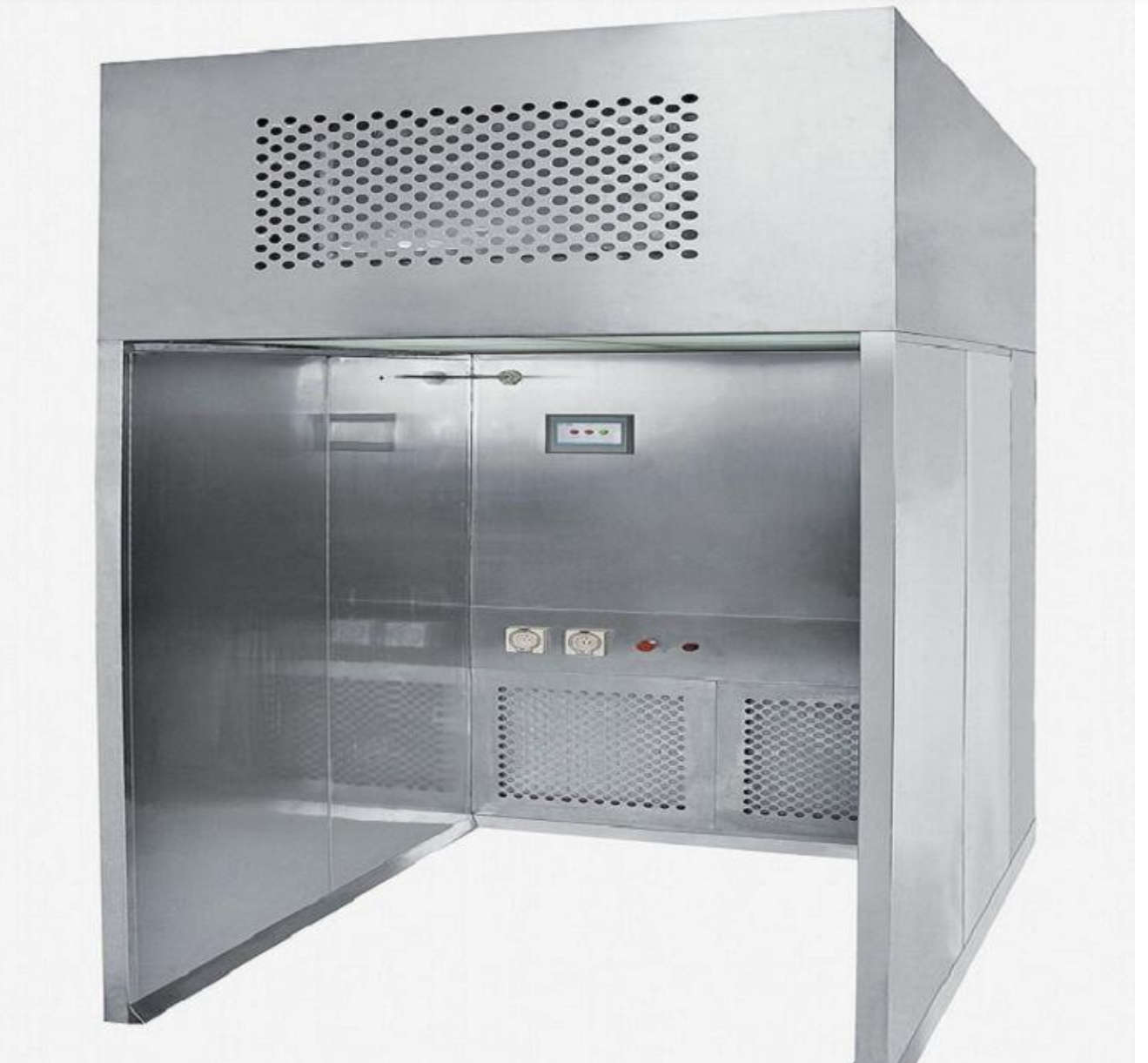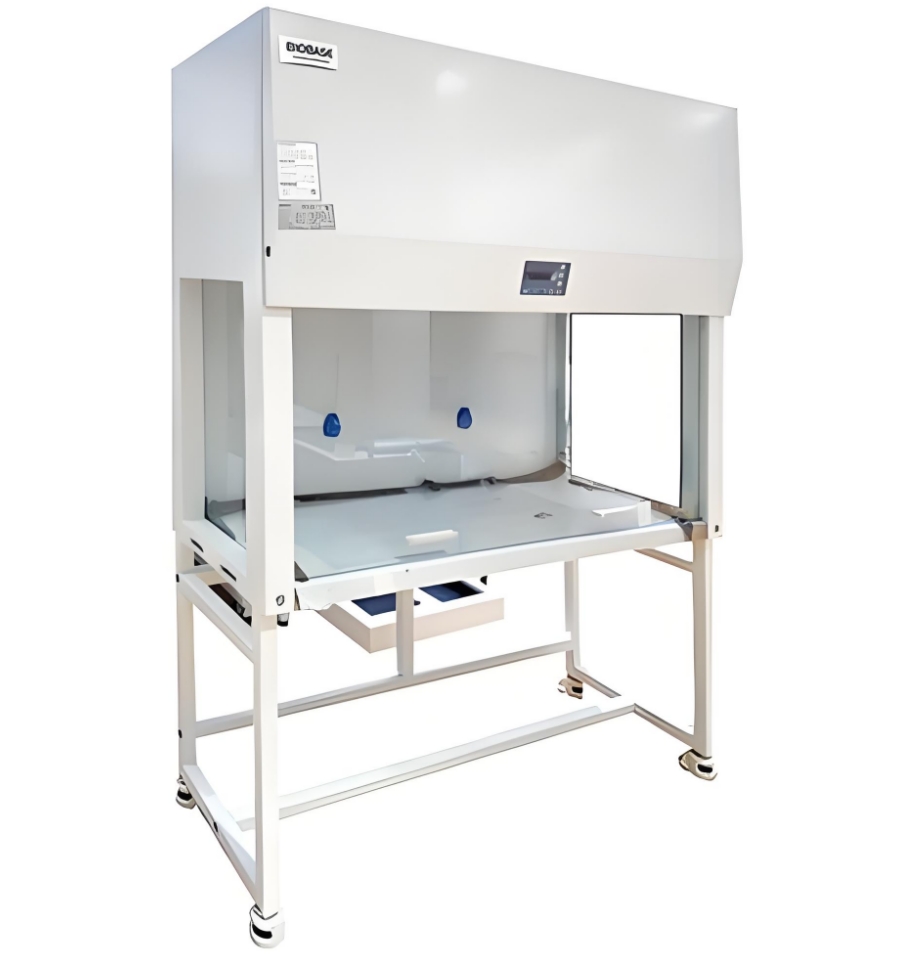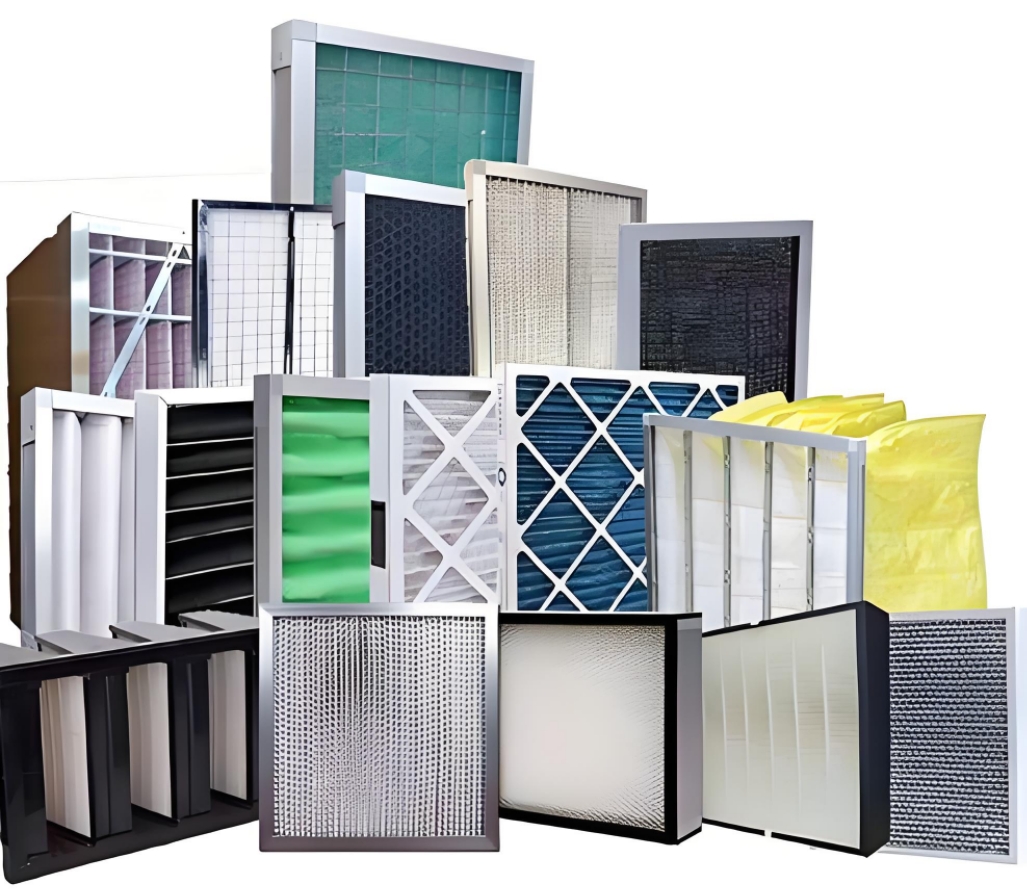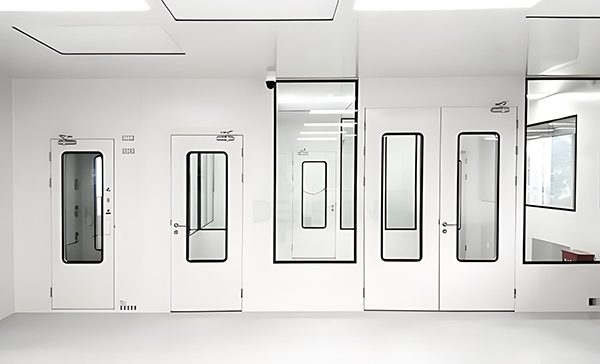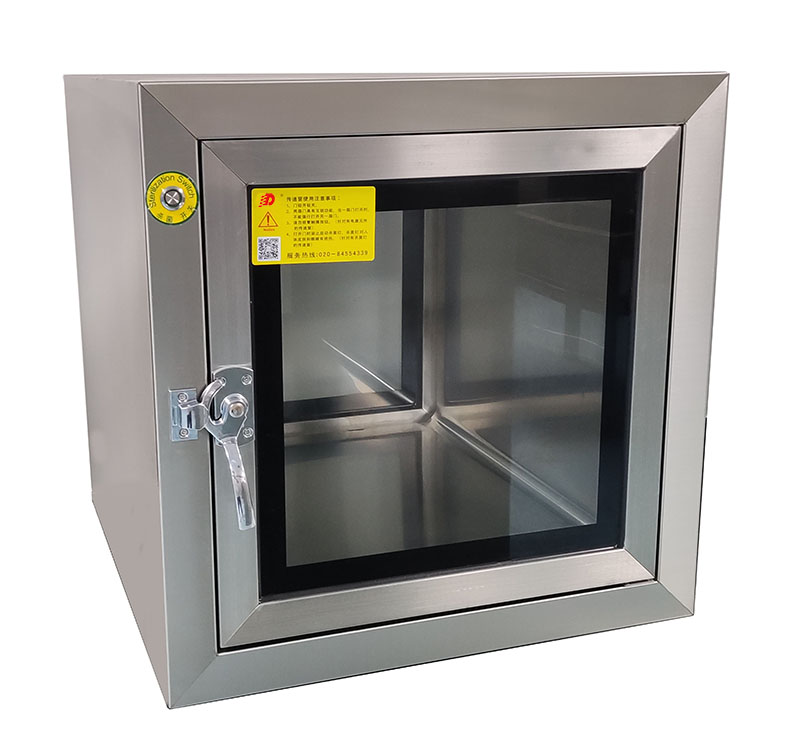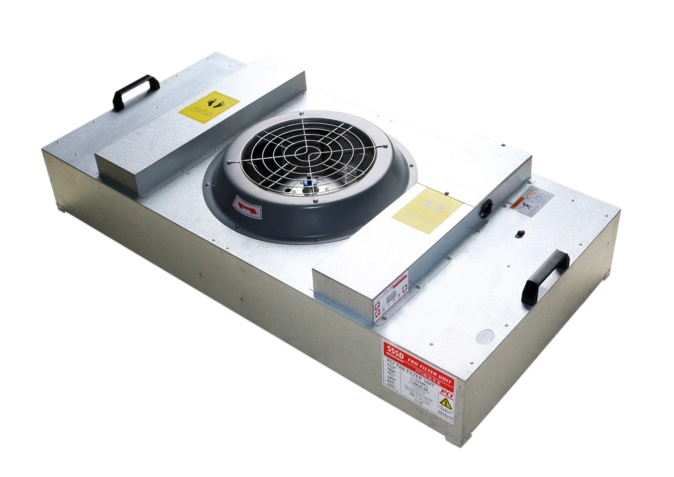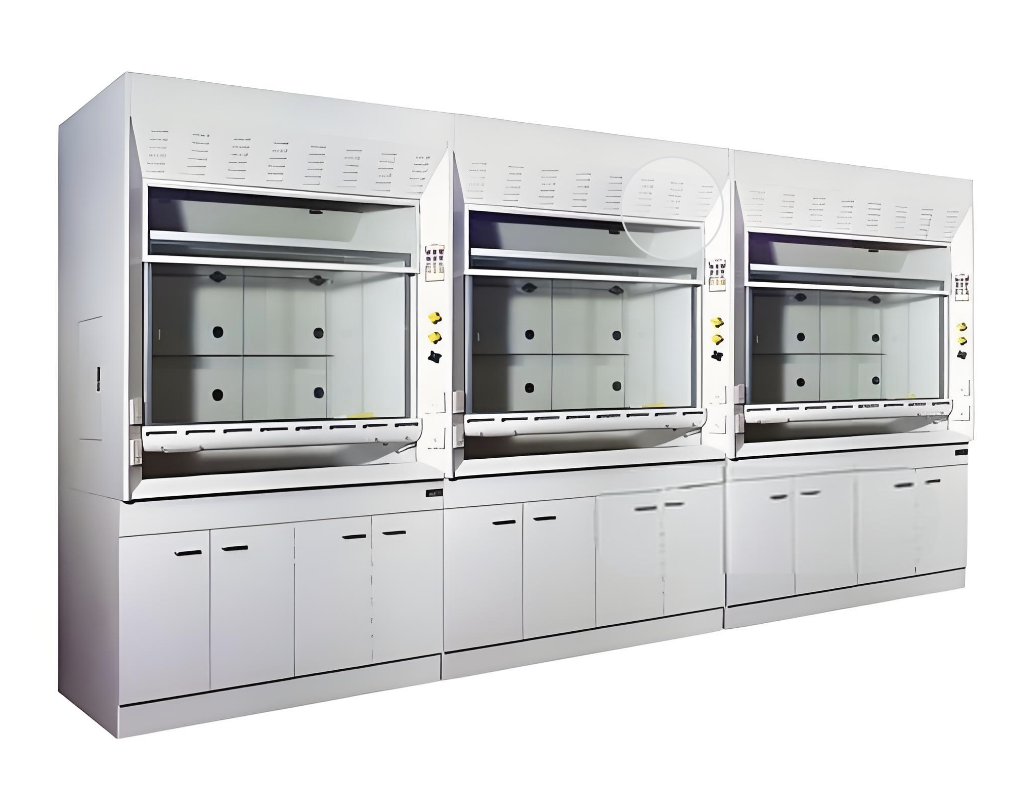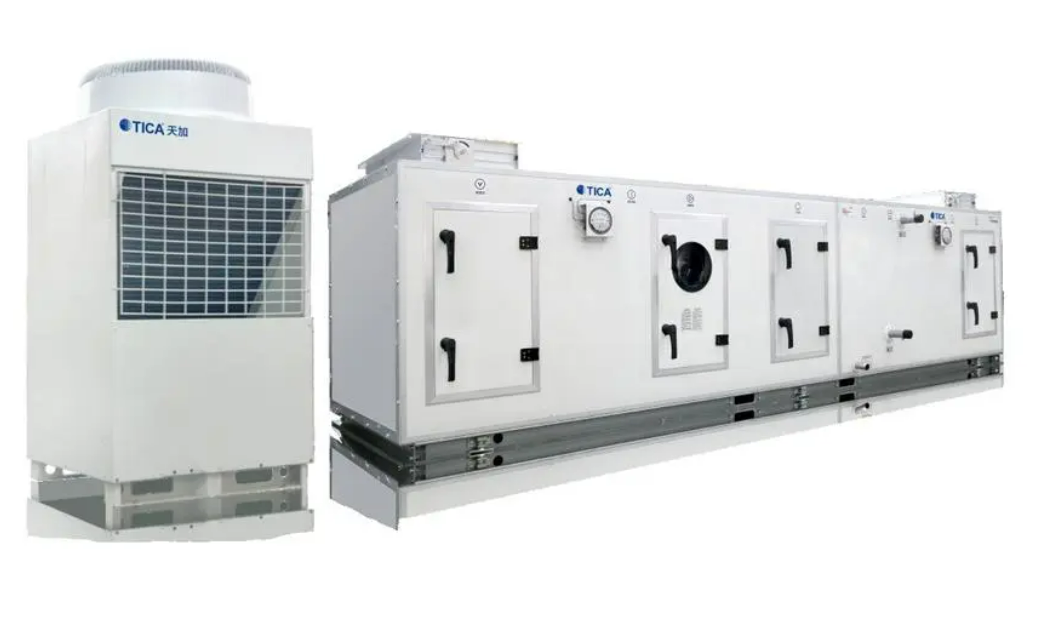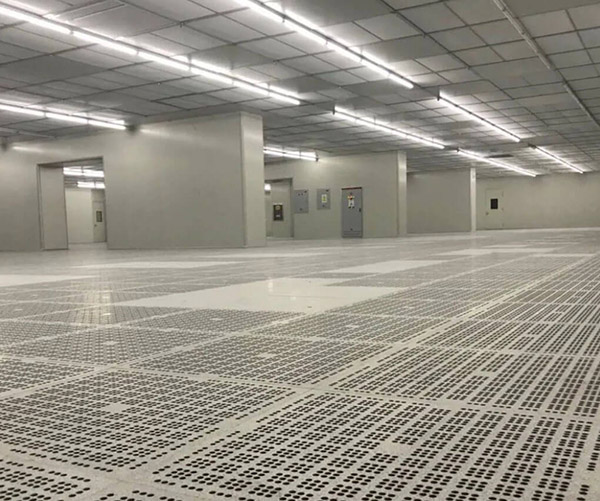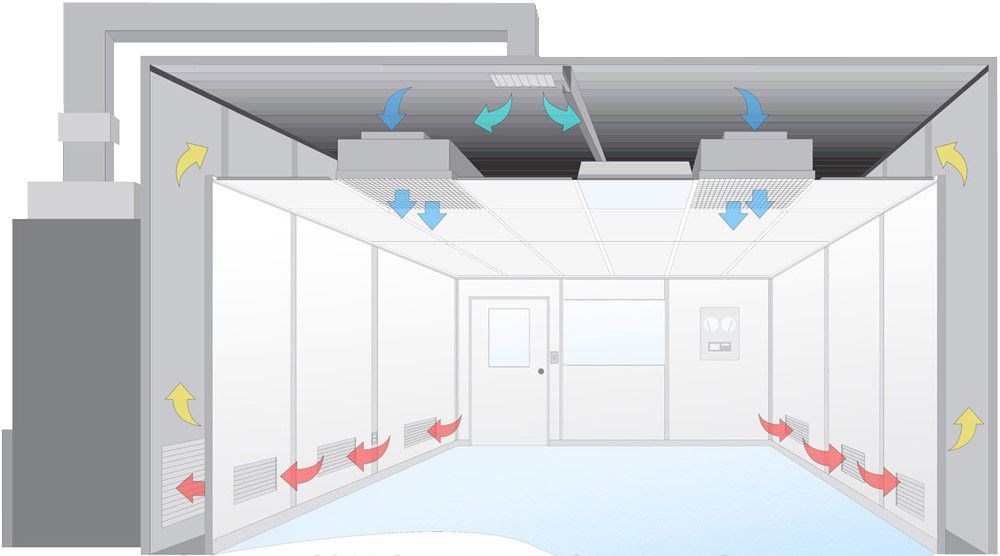FDA Clean Room Classifications
Understanding the different classes of clean rooms according to FDA standards for pharmaceutical and biotechnology industries
The FDA classifies clean rooms based on their particle contamination control levels, which are essential for ensuring the quality and safety of products, particularly in pharmaceutical and biotechnology industries. The classification system, often used for the manufacturing and packaging of sterile drugs and medical devices, is closely aligned with the ISO Clean room standards but has its own specific requirements.
FDA Clean Room Classification Overview
| Class | ISO Equivalent | Particle Count (0.5µm/m³) | Typical Applications |
|---|---|---|---|
| Class A | iso 5 | ≤3,520 | Aseptic filling, sterile product handling |
| Class B | iso 6 | ≤35,200 | Aseptic preparation, areas adjacent to Class A |
| Class C | iso 7 | ≤352,000 | Pharmaceutical manufacturing, packaging |
| Class D | iso 8 | ≤3,520,000 | General manufacturing, non-critical areas |
Class A clean area
Class A clean areas are the most stringent of the FDA Classifications, requiring the Clean room environment to meet ISO 5 standards.
- Airborne particle count: ≤3,520 particles/m³ (0.5µm)
- Suspended particles: Must meet limit for ≥5.0µm particles
- Applications: Aseptic processing, sterile filling operations
- Features: hepa/ULPA filtration, laminar airflow, strict gowning
Class B Clean Area
Class B clean areas are slightly less stringent but still highly controlled, meeting iso 6 standards.
- Airborne particle count: ≤35,200 particles/m³ (0.5µm)
- Suspended particles: Control for ≥5.0µm particles
- Applications: Clean environments for aseptic preparation
- Features: hepa filters, controlled air exchanges
Class C Clean Area
Class c Clean Rooms follow iso 7 standards under both static and dynamic conditions.
- Airborne particle count: ≤352,000 particles/m³ (0.5µm)
- Airborne particle levels: Control for static and dynamic conditions
- Applications: Pharmaceutical manufacturing, packaging
- Features: hepa filters, laminar airflow, regular monitoring
Class D Clean Area
Class D clean areas are the least stringent, meeting ISO 8 standards under static conditions.
- Airborne particle count: ≤3,520,000 particles/m³ (0.5µm)
- Applications: General pharmaceutical manufacturing
- Features: Basic filtration systems, lower airflow control

Relevant Standards and Guidelines
- FDA Guidelines for Aseptic Processing (CFR 21 Part 211): Requirements for Classification of Clean Rooms in drug manufacturing.
- ISO 14644-1: International standard for CleanRoom Classifications, including particle count limits.
- iso 14644-2: Requirements for monitoring performance of cleanrooms.
- EU GMP Annex 1: European standards for CleanRoom Classifications, similar to FDA and ISO Standards.
By following these standards and classifications, Manufacturers can ensure that their clean rooms meet the necessary cleanliness levels for safe and effective product production, ensuring compliance with regulatory requirements and safeguarding public health.
 +86 18186671616
+86 18186671616 Jason@cleanroomequips.com
Jason@cleanroomequips.com
 MENU
MENU

